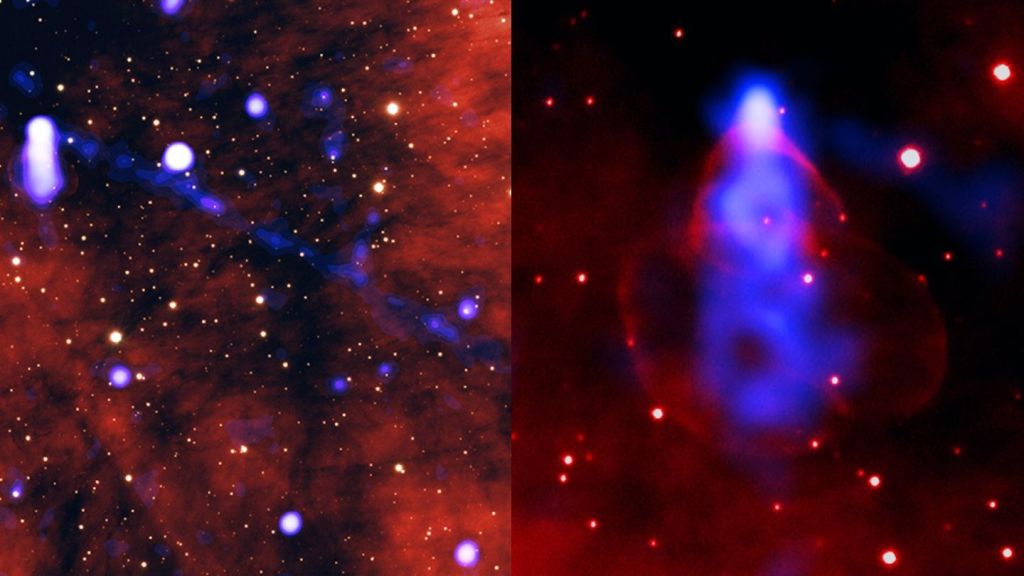The Large Hadron Collider, the world’s largest particle accelerator, is back—and more powerful than ever before.
After just over two years down time, during which the European Organisation for Nuclear Research (CERN) upgraded and rebooted the collider, it has officially started to deliver physics data. Protons are now colliding in the 27km-long ring near Geneva at unprecedented energies, feeding collision data to experiments that will hopefully enlighten us on some of the remaining mysteries in particle physics.
Videos by VICE
The LHC is running at an energy of 13 TeV (tera-electronvolts); a record-breaking number that’s almost twice as much as it started out at. While it had reached test collisions at this energy at the end of May, it’s now officially ready for the experiments to start taking data.
CERN reports that operators declared “stable beams” at 10:40 local time on Wednesday. It has filled the LHC with six “bunches” of around 100 billion protons. These protons go spinning around the collider in two beams headed in opposite directions, pulled into the circular path by powerful magnets. CERN says it will eventually increase the number of protons to 2808 bunches per beam, which could produce up to 1 billion collisions per second.

Collisions seen within the CMS experiment’s detector. Image: CMS/CERN
That’s a lot of data, and scientists will be analysing the findings for anything out of the ordinary. Last run, the LHC was best known for providing evidence of a particle that resembled the Higgs boson, a key piece of the Standard Model.
A dream for run 2 is to find hints of something beyond the Standard Model—something that might go toward explaining dark matter, for instance, or what the deal is with the difference between matter and antimatter. By hiking up the energy, researchers will be able to detect particles of higher mass (as energy and mass are equivalent, thanks to the whole E=mc2 equation). If they do find evidence of new physics, it’ll be a big deal.
There’s a lot of hope for this run; 13 TeV is nearly the max collision energy the LHC can run at (it was designed to reach 14, but CERN is sticking to 13 for now owing to the longer time it would take to prepare the collider’s magnets for that extra tera-electronvolt). After that, we may have to start looking elsewhere—like in a collider three times the size of the current record-holder, perhaps.



